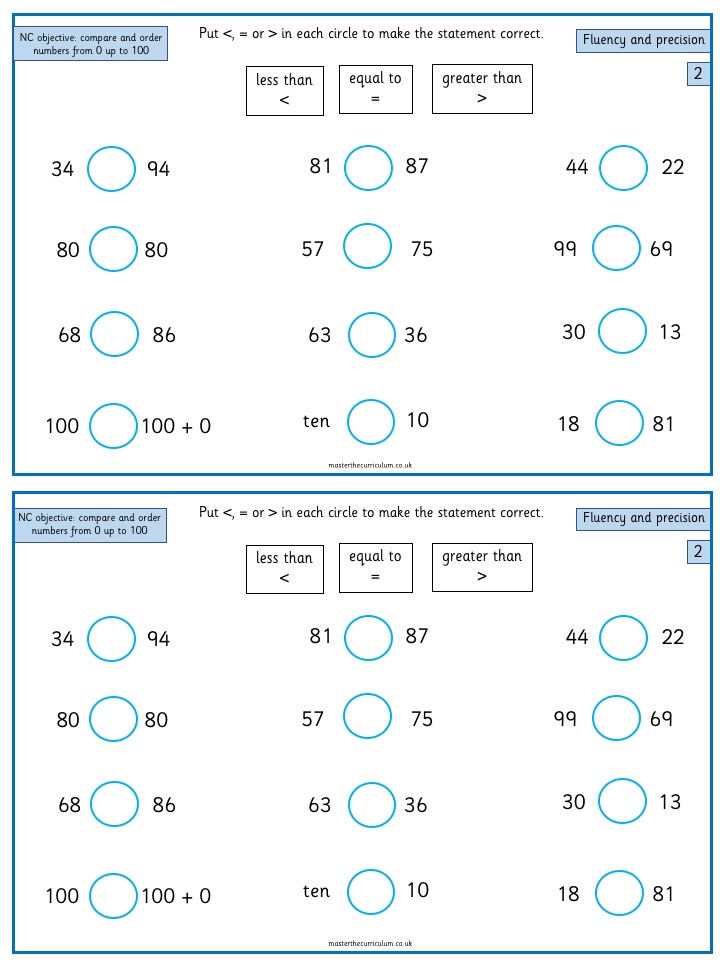
The Pennsylvania Chafee Education and Training Grant (or Pennsylvania Chafee Education and Training Grant) is a type grant provided by the state to support students in higher education. Its requirements are identical to the federal Pell Grant. There are however some key differences. For this reason, it is crucial to understand the specifics of each before applying.
Pennsylvania State Grant
Students who meet certain eligibility criteria can apply for the Pennsylvania State Grant (PASG). Students must have either graduated high school or obtained a G.E.D. in order to be eligible. You can also apply if you are a transfer student. After submitting an application, students will need to submit their most recent transcripts to the Office of Student Financial Services.
For a PASG to be considered, students must earn three semester credits in regular degrees. This means at least 50% of credits must be earned in a classroom. Your application for the PA State Grant could be delayed if you are enrolled in an online program. PASG funding can also not be disbursed until after the end of the term.

Pennsylvania Chafee Education and Training Grant
Pennsylvania Chafee Education or Training Grants may be available to anyone who lives in Pennsylvania. Pennsylvania students who were in foster care and have been released from that care have the opportunity to receive funds. The grant program is subject to several conditions, including financial need, academic success, and no defaults in federal student loans.
This grant is not available for tuition or room and breakfast. To be eligible, the youth must not have reached 26 years old and reside in Pennsylvania. The student must apply to a Pennsylvania state postsecondary institution to be eligible for the grant. The applicant must also complete a Free Application for Federal Student Aid (FAFSA) and Pennsylvania Chafee Education and Training Grant Program (PCETG) application. Once accepted, the student receives a tuition waiver for up 5 years, or until the student reaches 26.
Pell Grant
Pell Grants, which are government subsidies, can help you to pay for school. This program assists students with financial need, who are either not in a bachelor's or post-baccalaureate programs. You must be accepted to the participating institution and have financial need to qualify for this program.
The maximum Pell Grant award for 2011-2012 is $5,500 It is important to note that this amount is prorated. The Pell lifetime limit has been lowered from 18 semesters in 2008 to 12 semesters in 2012. A student's EFC, as well as the length of their academic programs, determine the Pell award amount.

NETS Scholarship (New Economy Technology Scholarship).
The New Economy Technology Scholarship Program is sponsored by Pennsylvania's Higher Education Assistance Agency and provides students with up to $3,000 in scholarship aid each year. Two types of awards are available through this scholarship program: the SciTech Scholarship, and the NETS Scholarship. Both scholarships are intended to assist Pennsylvania residents in obtaining an advanced degree related to technology.
Applicants must be a high school graduate in Pennsylvania with at least a 3.0 GPA at the time of application. The grant money is awarded on a first-come-first-serve basis, and recipients must also apply for a Federal Pell Grant and a Pennsylvania State Grant.
FAQ
What is the average time it takes to become a teacher in early childhood?
To complete a bachelor's in early childhood education, it takes four years. The majority of universities require that you take two years to complete general education courses.
After you have completed your undergraduate education, you can usually apply to graduate school. This step allows students to focus on a particular area.
For example, you might choose to concentrate on learning disabilities or child psychology. After you complete your master's, it is time to apply to a teacher-preparation program.
This process will take another few years. To gain practical knowledge, you will partner with experienced educators.
Finally, before you can begin teaching, you need to pass the state exams.
This process takes several years, which means you won't be able to immediately jump right into the workforce.
What is the difference between private schools and public schools?
All students have the right to free education in public schools. They offer education from kindergarten to high school. Tuition fees are charged by private schools for each student. They offer education from preschool to college.
Charter schools, which are private but publicly funded, are also available. Charter schools don't follow traditional curricula. Instead, charter schools give their students more freedom in learning what interests them.
Charter schools are popular among parents who believe their children should have access to quality education regardless of financial status.
What does it mean to be a teacher in early childhood education?
Early childhood educators must have specialized training. Most states require teaching candidates to get certification from state boards in order to be allowed to teach in public schools.
Some states require that teachers pass exams on reading and math.
Some states require teachers with early childhood education degrees to complete a set number of hours.
Many states have minimum requirements for teachers. These requirements can differ from one state to another.
What is the purpose and function of education?
Education should equip students with the skills they need to be successful in work. It is not just an academic pursuit but also a social activity where children learn from each other and gain confidence by participating in activities such as sports, music, and art. Education is about learning to think critically and creatively so that students can be self-reliant and independent. What does it take to achieve high educational standards
Good educational standards are those which ensure that all pupils achieve their potential. These standards provide clear guidelines for teachers to follow with their students. Education standards that are flexible enough to allow schools to adapt to changing needs can be a good thing. A fair and equitable educational system must ensure that all children have equal chances of success no matter their background.
Statistics
- Think of the rhetorical power of nineteenth-century abolitionist Harriet Beecher Stowe, Martin Luther King, Jr., or Occupy Wall Street activists with their rallying cry of “we are the 99 percent.” (bostonreview.net)
- Among STEM majors, that number is 83.5 percent. (bostonreview.net)
- Data from the Department of Education reveal that, among 2008 college graduates, 92.8 percent of humanities majors have voted at least once since finishing school. (bostonreview.net)
- In most developed countries, a high proportion of the population (up to 50%) now enters higher education at some time in their lives. (en.wikipedia.org)
- Globally, in 2008, around 89% of children aged six to twelve were enrolled in primary education, and this proportion was rising. (en.wikipedia.org)
External Links
How To
How do I apply for scholarships?
To apply for scholarship funding, first, make sure you qualify for it. The criteria that you must meet to qualify for a scholarship are listed below.
If you are financially disadvantaged, you may be eligible for a grant. You can qualify for a work-study program if you are enrolled in a vocational training course. And you can receive a grant because you are a member of a minority group.
Once you have decided if you are eligible, you can begin applying.
The application process can be done online, over the phone or in person. The process of applying varies according to the scholarship.
Some scholarships require that you submit essays about yourself and why the money is important to you. Others may ask questions such as, "Why did your choose this major?"
Most scholarships require applicants to complete an application form and to send supporting documents.
Your scholarship provider will examine the information that you submit. If you are selected, you will be notified via email or mail.
If you are not chosen, you still might qualify for another scholarship. Contact your scholarship provider for details.